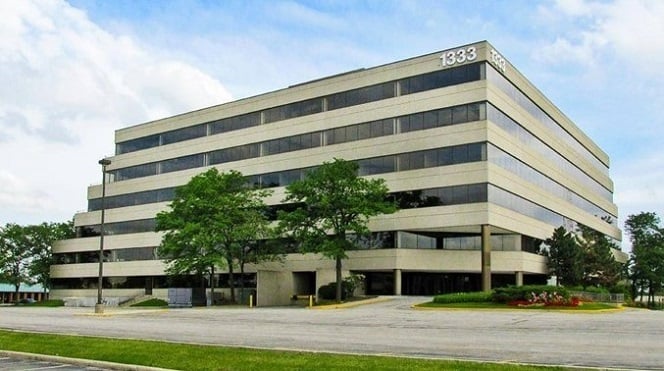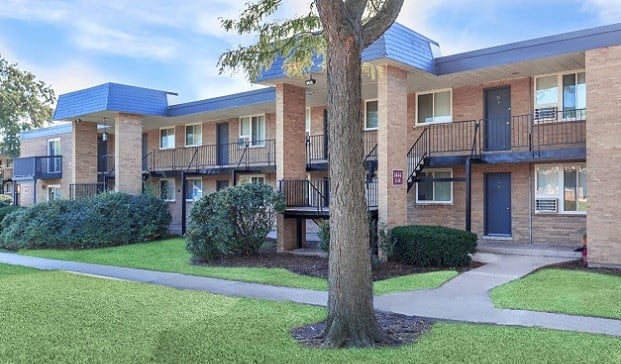LOS ANGELES—Helping net lease tenants move up the chain of credit with properly structured leases is an ideal way to add value to properties whose cap rates are shrinking, said speakers at RealShare Net Lease West here last week. Panelists for the “Asset/Portfolio Management” session said structuring leases correctly is crucial to good management of net-lease properties.
Moderator Wayne D'Amico, CCIM, 2013 president/chairman of CCIM Institute, asked panelists with values bid up so high, are they trying to increase value or stay at the same rate? Brooks G. Gordon, managing director of W. P. Carey, said in the near term the biggest place to add value is credit enhancement of the tenant. “They can move up the chain of credit with properly structured leases. These provisions can be made in the lease up front.”
Regarding non-commoditized acquisitions, Mark Selman, SVP, asset management, for American Realty Capital Properties, said his firm is “pruning assets” and will help with the cost of capital when needed, especially with well-located properties.
Joseph C. Yiu, managing principal and CIO of ElmTree Funds, a smaller asset-management firm, said his firm does a lot of build-to-suit financing. “We make sure we have a flexible capital structure. We're looking at tenants' operating expenses and upgrading systems to try to lower their operating costs.”
Michael J. Escalante, CIO of Griffin Capital Corp., pointed out that there are a lot of opportunities to reduce operating costs with what's going on in the energy segment, so it behooves asset and property managers to learn about these opportunities and be proactive. “If you think you will just sit there and collect rent checks, you're sadly mistaken. We always ask, 'What can we do to be your real estate solution?' ”
Gordon commented that for the past 18 months, there has been a huge ramp-up in net-lease activity. Escalante said it is a relationship-building industry, adding that it often takes seven to nine touches with a potential client to turn it into business.
When D'Amico asked the panelists how impactful the ever-diminishing term is on valuation, Selman said, “It's critical to get out there in front of it and try to do portfolio extensions.” Gordon added that his firm's goal is to “never get to a lease expiration” by doing blend-and-extend leases, and “we love when a tenant needs capital.”
In order not to get pinched on tenants leaving after their lease expires, Escalante said, “You'd better be investing in the right credit. You have to be diversified not to get bitten by tenants leaving.” Gordon added, “Properties will vacate, so a recycling approach—disposition—is huge.” Yiu said his firm is “just maximizing interest rates and paying down principal.”
D'Amico asked, “Now that larger players are creeping into the secondary and tertiary markets, how do you find the skill set for managing assets? What is this doing to values when the players are so disparate and entering fringe markets?”
Selman answered that his firm is doing more eight-year vs. 15-year leases. He also said the leasing manager and portfolio manager go out to properties and do due diligence, asking the investor, “Do you really want to own that for eight years?”
Regarding finding the talent to manage these assets in secondary and tertiary locations, Escalante said, “When you grow your portfolio from $0 to $7 billion, people start to pay attention—your reputation and how you conduct yourself will attract talent.”
Gordon says his firm hires people with a credit-based background and avoids investment-bank hiring. “Each hire is hugely critical.”
Keeping our people happy and hiring those with a liberal-arts background is Selman's strategy, while Yiu says his firm hires young candidates to teach them the ropes as well senior executives with corporate experience. “It's all about lowering operating costs for your corporations.”
© 2025 ALM Global, LLC, All Rights Reserved. Request academic re-use from www.copyright.com. All other uses, submit a request to [email protected]. For more information visit Asset & Logo Licensing.







